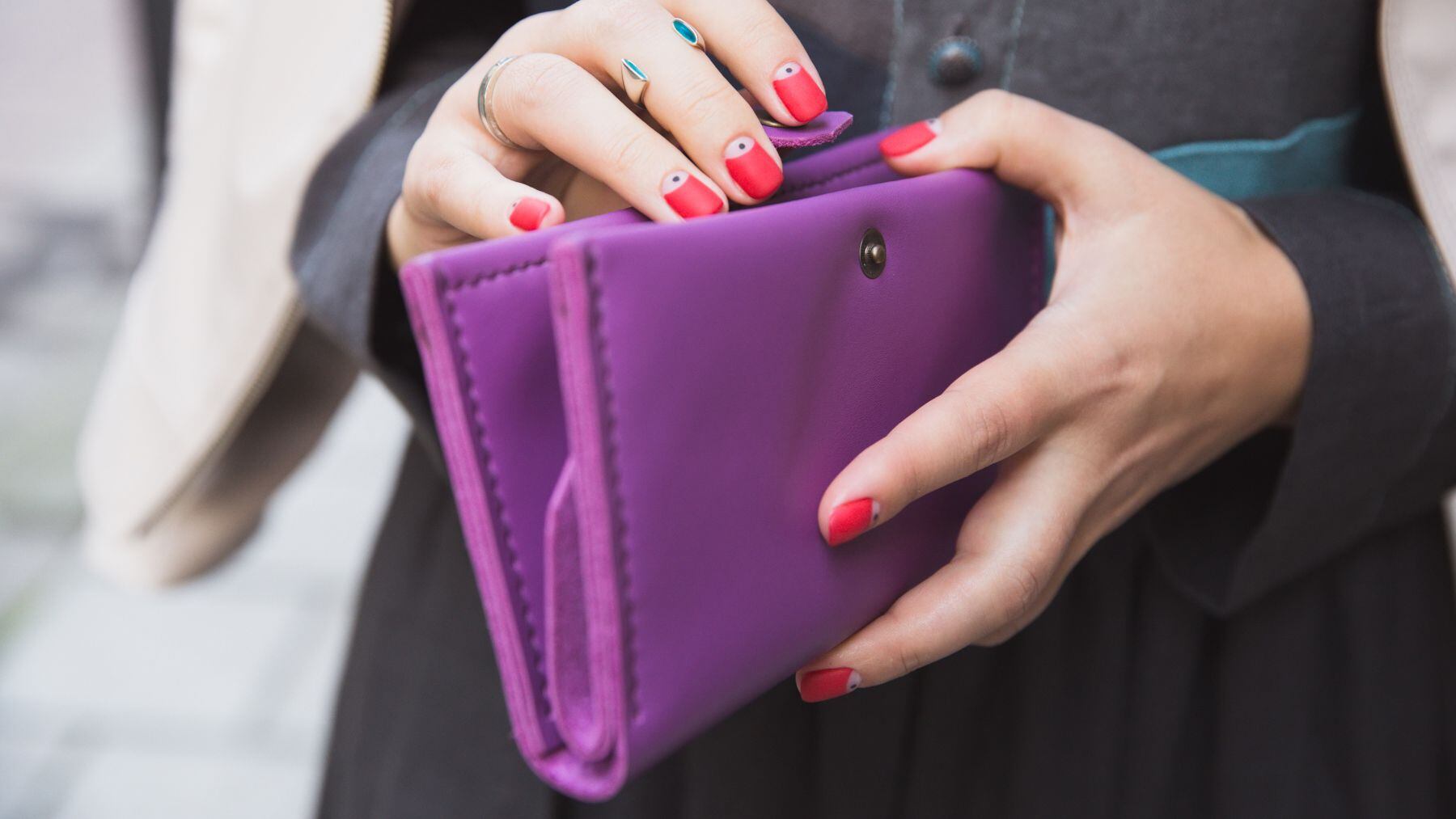How to Let Shoppers Know Your Brand Is Worth the Money
Old Navy doesn’t want inflation to put a damper on parents’ back-to-school shopping.
At the end of July, the retailer announced it would put a “price lock” on its denim products through the end of September, following up on a previously-announced temporary moratorium on price hikes for kid’s essentials.
In normal times, most retailers go to great lengths not to talk pricing strategy with their customers, unless it’s to advertise the latest sale. But with inflation hitting highs not seen in decades, and growing talk of a global recession, these are not normal times.
Despite all the bad economic headlines, consumer spending remains strong in the US and some other major markets. But retailers are worried that their customers will soon start watching their wallets, particularly when it comes to non-essential fashion and beauty purchases. Talking loudly and often about how a pair of jeans or sneakers are great value for their price is one way to postpone that reckoning.
“A brand’s value and worth is ultimately always in the perception of the customer,” said Jasmine Motala of branding agency Métier Creative. “In times of recession… it’s really about tracking how customers are reassessing their priorities and then framing up the product or brand in a way that really serves their needs.”
Old Navy’s promise not to raise prices is a version of the tried-and-true sales strategy of promising good quality for less. For luxury brands selling expensive sneakers and handbags, convincing consumers their items would hold their value — or even appreciate — on the resale market is another tactic.
For brands in the middle, the proposition to consumers in tough times centres on convincing them that it’s worth spending a few dollars more for an item that will be a closet staple for years to come.
“Moments like this are the perfect moments to double down on our message because our products become more desirable,” said Karla Gallardo, co-founder and chief executive of Cuyana, which sells leather goods and wardrobe staples. “When [a customer] can’t buy everything she wants, she needs to think about how to allocate her dollars. It’s better to feel you’ve invested in a piece.”
Since the beginning of the year, email marketing communications from US and UK retailers containing descriptors like “core” increased by 79 percent, “timeless” by 24 percent, “investment pieces” by 8 percent and “staple” by 7 percent, according to retail intelligence platform Edited.
“From a retailer’s perspective, these styles maintain a consistent price point and are rarely discounted or out of stock,” said Edited market analyst Kayla Marci. “Against the backdrop of an economic crisis, consumers often adopt a ‘buy less, buy better’ mentality.”
To make the case effectively, labels must do more than introduce some new buzzwords to their ads. They will have to strengthen their brand’s narrative, make sure they’re merchandising around truly timeless pieces rather than chasing trends, and get honest in their marketing.
Change Your Positioning
For mid-tier brands, promoting their timelessness is sometimes the only option. In two emails in May, Cos told subscribers its products represented “easy wardrobe staples” and “clever investments” that could transition from spring through summer. In June, Sézane sold email subscribers on the “legendary status” of its Deia and Rome shorts, saying “There’s a reason we bring these two back every year.” Meanwhile, come July, Banana Republic touted its “timeless” shirt styles alongside the tagline “a legacy of style.”
“As long as the fast-fashion brands are offering what they’re offering, you can’t compete on price,” said Ana Andjelic, a consultant and former chief marketing officer for the likes of Banana Republic and Mansur Gavriel. “You need to compete on messaging and quality.”
That means focusing on the benefits of buying a product, rather than trying to convince consumers that their items are worthy of the “investment” label, said Michelle Varkonyi of branding agency Métier Creative.
“It’s more internally saying, this is an investment for a longer term, but the way it’s showing up [in marketing] is more emotional,” she said.
Motala, for example, said that in the agency’s work with luxury hair care label Oribe, they’ve focussed more on what the product will do for a user’s hair, rather than leaning solely into the luxury element of the brand.
“They’re obviously an expensive hair product, but Instead of just positioning them as an expensive product, it’s showing how it’s an investment for your long-term hair health,” she said.
Retaining Loyalty
In the event of a downturn, it will become even more important for brands to prioritise retaining existing customers, in addition to courting new ones.
To do so, Andjelic suggests brands resist the instinct to pull back on marketing. Rather, she said, brands should double down on building awareness, rather than investing in performance marketing. That means investing in community efforts, like loyalty programmes, that encourage repeat purchases or placing higher-value orders.
“Stay in the lives of customers,” she said. “They’re the ones who are going to be your biggest advocates, especially during a recession when they have to make choices.”
Storytelling around the brand can have an impact, too. Creating a stronger narrative helps increase consumer perception of the brand’s value, by selling more than just a top or a bag, but an ethos around, say, sustainable fashion (think Reformation) or Parisian-inspired style (like the French brand Sézane). That can help the brand gain value on the resale market. And brands with stronger resale value have an easier time convincing consumers that they can be treated as a true “investment.”
“While brands like Chanel and Gucci will always be smart investments, we’re seeing that early adoption of emerging brands with a unique point of view is proving especially fruitful,” said Kelly McSweeney, merchandising manager at The RealReal, pointing to labels like Marine Serre, Khaite and Peter Do, which have seen their resale value on the platform increase year-over-year by 86 percent, 46 percent and 53 percent, respectively.
When all else fails, brands should simply be honest with consumers. That may include being transparent about processes and decisions that typically occur behind the scenes, like price increases or supply chain challenges.
“Honesty as a brand is really key for how we communicate with customers,” said Cuyana’s Gallardo
. “We told our customers when we increased our prices. Our intention is to deliver that great value proposition to [our customer], so we want to tell her what we’re doing to continue to deliver on that.”


